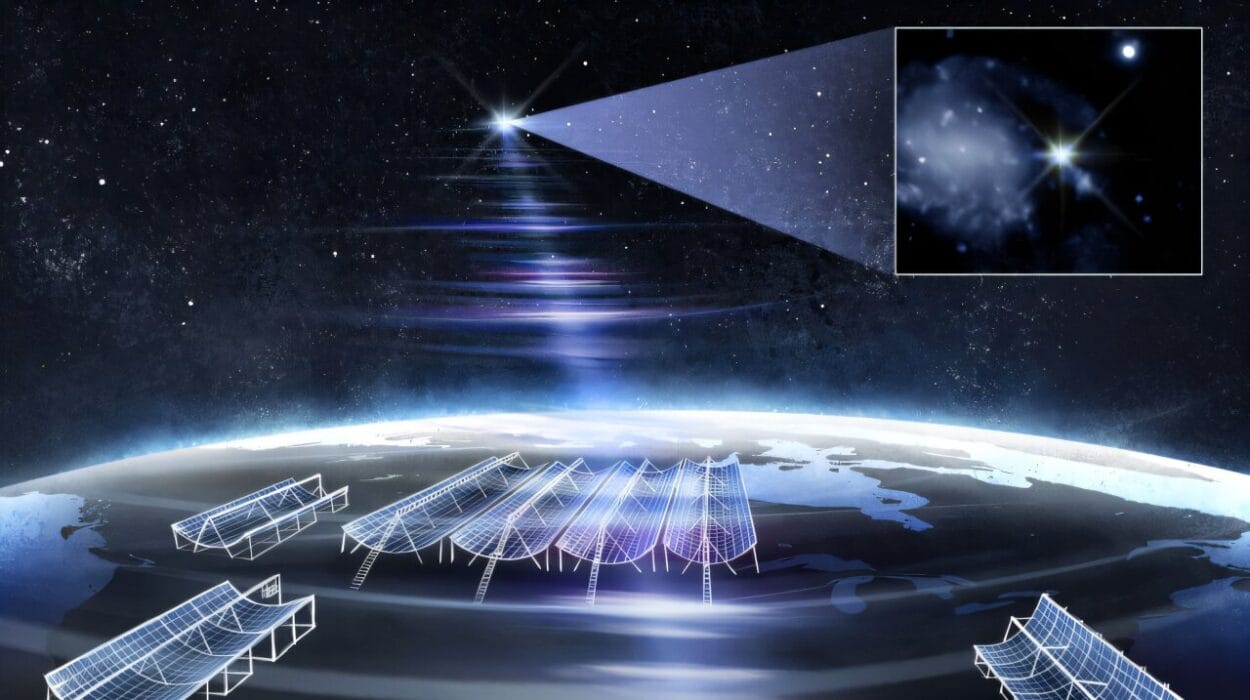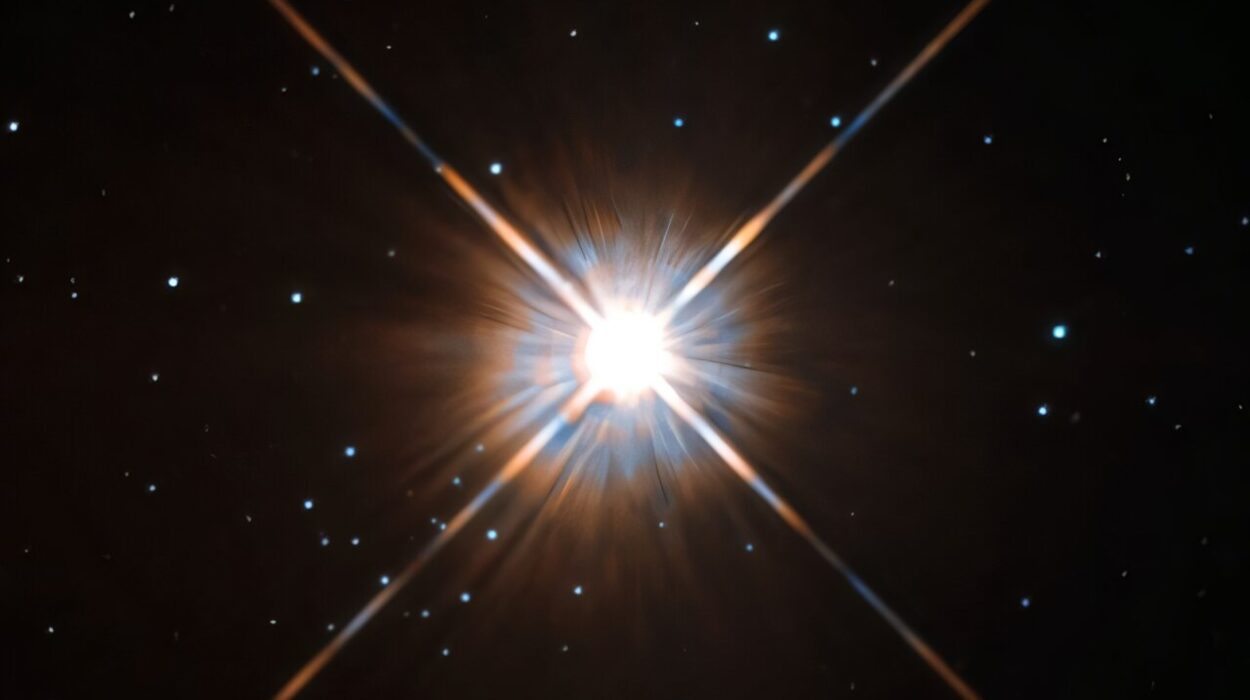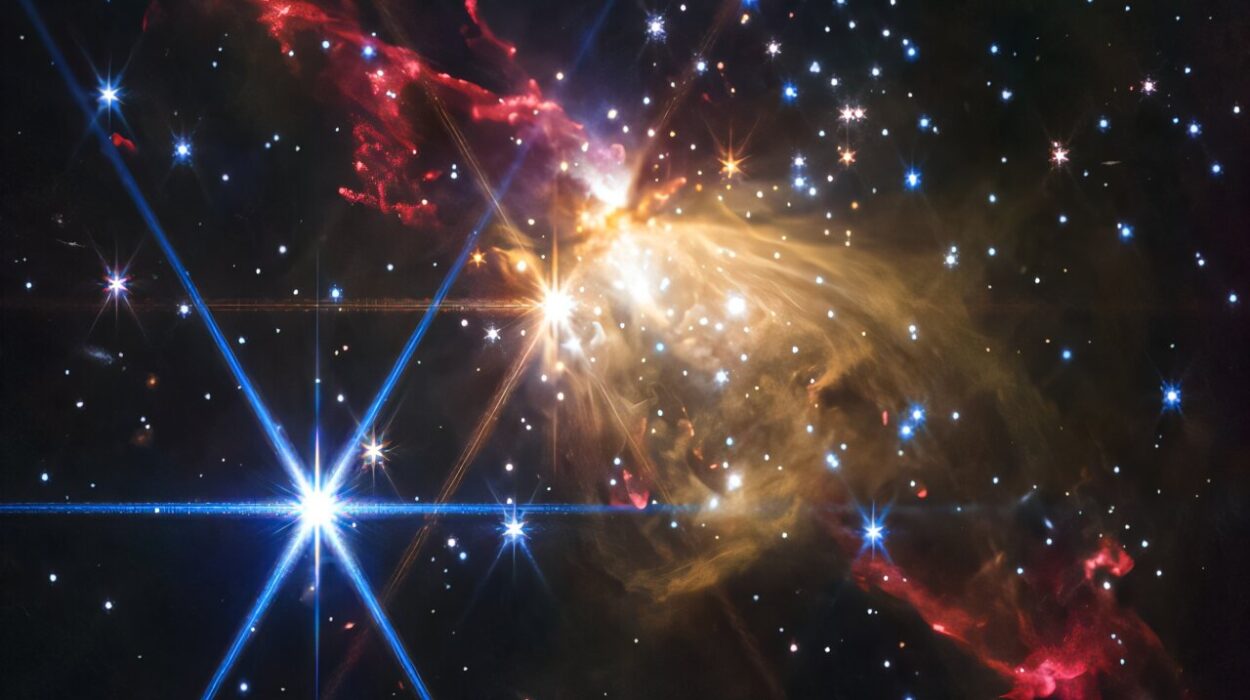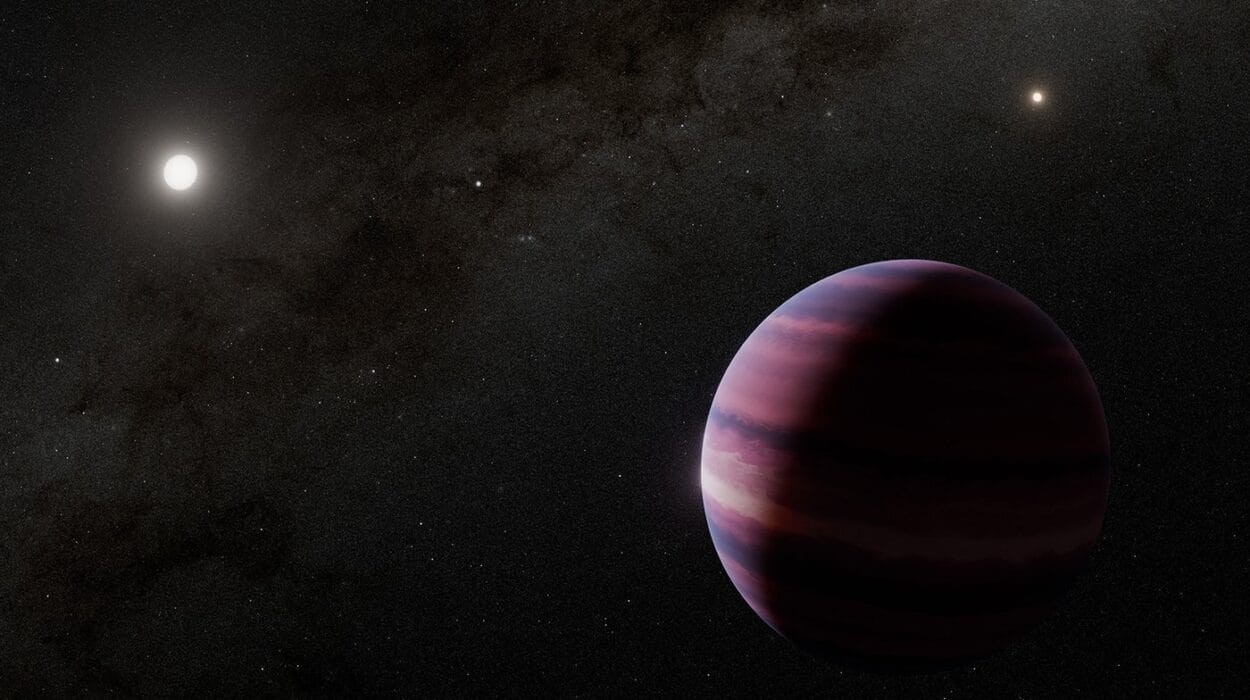When we look up at the night sky, we see stars—billions of them—each a potential home to planets, moons, and other celestial bodies. Thanks to the advances in technology and science, we now know that these stars do not exist in isolation. Many are accompanied by exoplanets, planets that orbit stars outside our solar system. Since the first exoplanet discovery in 1992, astronomers have cataloged thousands of these distant worlds, and some of the most unusual ones have baffled scientists and captivated our imaginations.
Exoplanets come in all shapes, sizes, and environments, many of which defy everything we thought we knew about planet formation and what makes a planet habitable. From planets that rain glass to those orbiting two suns, the diversity of these strange new worlds is both awe-inspiring and mind-boggling. In this article, we’ll delve into some of the most bizarre and captivating exoplanets discovered so far, exploring their features, how they were discovered, and what they tell us about the universe.
What Is an Exoplanet?
Before we dive into the strangest exoplanets, let’s first define what exactly an exoplanet is. An exoplanet is a planet that exists outside of our solar system and orbits a star. These planets can be located millions or even billions of light years away from Earth. They vary in size, atmosphere, and composition, and the methods scientists use to discover them have evolved over the years. In 1992, the first exoplanets were discovered around a pulsar, but it wasn’t until 1995 that the first exoplanet orbiting a main-sequence star was detected, confirming that planets existed beyond our solar system.
Today, thanks to advanced space telescopes like Kepler and TESS, thousands of exoplanets have been discovered. Some are eerily similar to Earth, while others are utterly alien—challenging everything we thought we knew about planet formation, habitability, and the possibilities for life beyond Earth.
The Oddities and Wonders of Exoplanets
Among the thousands of exoplanets discovered, some stand out as particularly strange due to their physical characteristics, orbits, and extreme environments. These planets not only stretch the boundaries of our understanding of what constitutes a “planet” but also challenge the laws of physics in ways we didn’t expect.
1. HD 189733b: The Planet with Glass Rain
Perhaps one of the most bizarre exoplanets discovered to date is HD 189733b, a gas giant located about 63 light years from Earth in the constellation Vulpecula. This planet is classified as a “hot Jupiter,” a type of gas giant that orbits extremely close to its host star, resulting in intense heat.
What makes HD 189733b particularly strange is the extreme weather conditions that scientists believe exist on its surface. Winds on this planet can reach speeds of up to 5,400 miles per hour (nearly seven times the speed of sound), and the most unusual aspect of this planet is the rain—it rains glass, sideways. This isn’t just an ordinary glass; it’s silica, and because of the extreme wind speeds, it would sting like a bullet if you were somehow standing on the surface (which would be impossible, given the temperature).
The high temperatures on the planet—around 1,000 degrees Celsius (1,832 degrees Fahrenheit)—cause the glass to vaporize and condense into rain droplets. These conditions make HD 189733b one of the most hostile, uninhabitable planets ever discovered.
2. 55 Cancri e: The Diamond Planet
Located about 40 light years from Earth in the constellation Cancer, 55 Cancri e has earned the nickname “the diamond planet” due to its incredible wealth of carbon. This super-Earth, a type of planet that is larger than Earth but smaller than Uranus or Neptune, has a surface pressure so intense that it likely contains a thick layer of diamond beneath its cloud-covered surface.
With temperatures reaching around 2,000 degrees Celsius (3,632 degrees Fahrenheit), the planet is far too hot to have any solid diamond formations on its surface. However, scientists believe that the high pressure inside the planet could turn carbon into diamond, making this planet potentially rich in diamonds at its core. While it is unlikely that a diamond ring could be mined there, the idea that a planet could be made mostly of diamond is still a tantalizing concept.
3. Kepler-16b: The Planet with Two Suns
One of the most captivating exoplanets discovered by NASA’s Kepler Space Telescope is Kepler-16b, which is located about 200 light years away in the constellation Lyra. This planet is not only strange because of its physical characteristics but also due to its orbit around two suns, much like Tatooine from Star Wars.
Kepler-16b is a gas giant, about the size of Saturn, and it orbits two stars in a binary system. The two stars, Kepler-16A and Kepler-16B, are not as massive or hot as our Sun, but the dual-star system creates a unique environment for the planet. Kepler-16b’s orbit means it experiences two sunsets each day, a phenomenon that would be familiar to science fiction fans. The planet’s strange orbit and the light from two stars make it one of the most unique exoplanets discovered.
4. TrES-2b: The Darkest Planet Ever Discovered
Located about 750 light years away in the constellation Lyra, TrES-2b holds the dubious distinction of being the darkest exoplanet ever discovered. In fact, this planet reflects less than 1% of the light that hits it, making it darker than coal or black acrylic paint.
TrES-2b is a gas giant, similar in size to Jupiter, and it orbits extremely close to its host star, which causes the planet to experience temperatures upwards of 1,700 degrees Celsius (3,092 degrees Fahrenheit). The low reflectivity of the planet is thought to be due to the chemicals in its atmosphere—perhaps the presence of sodium, potassium, and titanium oxide—creating a very dark surface. The planet’s lack of reflectivity and the extreme heat make it one of the strangest planets we’ve discovered.
5. LHS 3844b: The Lava Planet
LHS 3844b is a small, rocky exoplanet located about 48 light years from Earth in the constellation Indus. Unlike Earth, this planet is incredibly close to its star, and it is tidally locked, meaning one side always faces the star while the other side remains in constant darkness. This leads to extreme temperature differences between the day and night sides, with the day side reaching temperatures upwards of 800 degrees Celsius (1,472 degrees Fahrenheit).
But what makes LHS 3844b particularly intriguing is the discovery of its surface, which scientists believe is likely covered in lava. The extreme temperatures on the planet’s day side would cause any surface material to melt, and since there’s no atmosphere to diffuse the heat, the planet is bathed in a constant stream of energy. This molten landscape gives LHS 3844b the appearance of a “lava planet,” a type of world that might resemble a boiling cauldron of molten rock.
6. WASP-12b: The Planet on the Verge of Destruction
WASP-12b is a planet located about 1,400 light years away in the constellation Auriga. It is a gas giant, similar in size to Jupiter, but it is located very close to its star—so close that the star’s gravity is slowly pulling the planet apart. The planet orbits its host star in just 1.1 days, completing a full revolution faster than many planets take to rotate on their axes.
This extreme proximity to the star means that WASP-12b is subjected to immense tidal forces, causing it to elongate into an egg-like shape. The intense heat from the star causes the planet’s atmosphere to expand and dissipate into space, making WASP-12b one of the most extreme examples of a planet on the edge of being consumed by its star. In the coming billions of years, it is likely that the planet will eventually be devoured by its host star.
Why Do These Exoplanets Matter?
The discovery of strange exoplanets like these is not just a matter of curiosity; these findings provide valuable insights into the nature of planets and how they form. Studying these unusual worlds helps scientists better understand the vast diversity of planetary systems and the conditions that can lead to extreme environments. Additionally, some of these discoveries may even point to new, unforeseen possibilities for life beyond Earth, as extreme conditions might foster life forms we can’t yet imagine.
Moreover, these discoveries are pushing the boundaries of our technology and our understanding of the universe. The methods and instruments developed to study distant exoplanets, such as the Kepler Space Telescope, the James Webb Space Telescope, and other advanced observatories, are providing data that will continue to transform our understanding of the cosmos for years to come.
Conclusion
Exoplanets are a source of endless wonder, revealing to us worlds that are as bizarre as they are beautiful. From planets that rain glass to ones made of diamond, the universe has an almost unlimited range of strange and unexplored possibilities. The strange exoplanets we’ve discovered so far remind us how little we truly know about the cosmos—and how much there is yet to discover. As technology advances, we will continue to unveil even stranger worlds, and perhaps one day, we may find a planet with the perfect conditions for life—or something entirely beyond our imagination.
These strange planets are not just oddities; they are key to unlocking the mysteries of planetary systems, the possibility of alien life, and the very nature of the universe itself.






